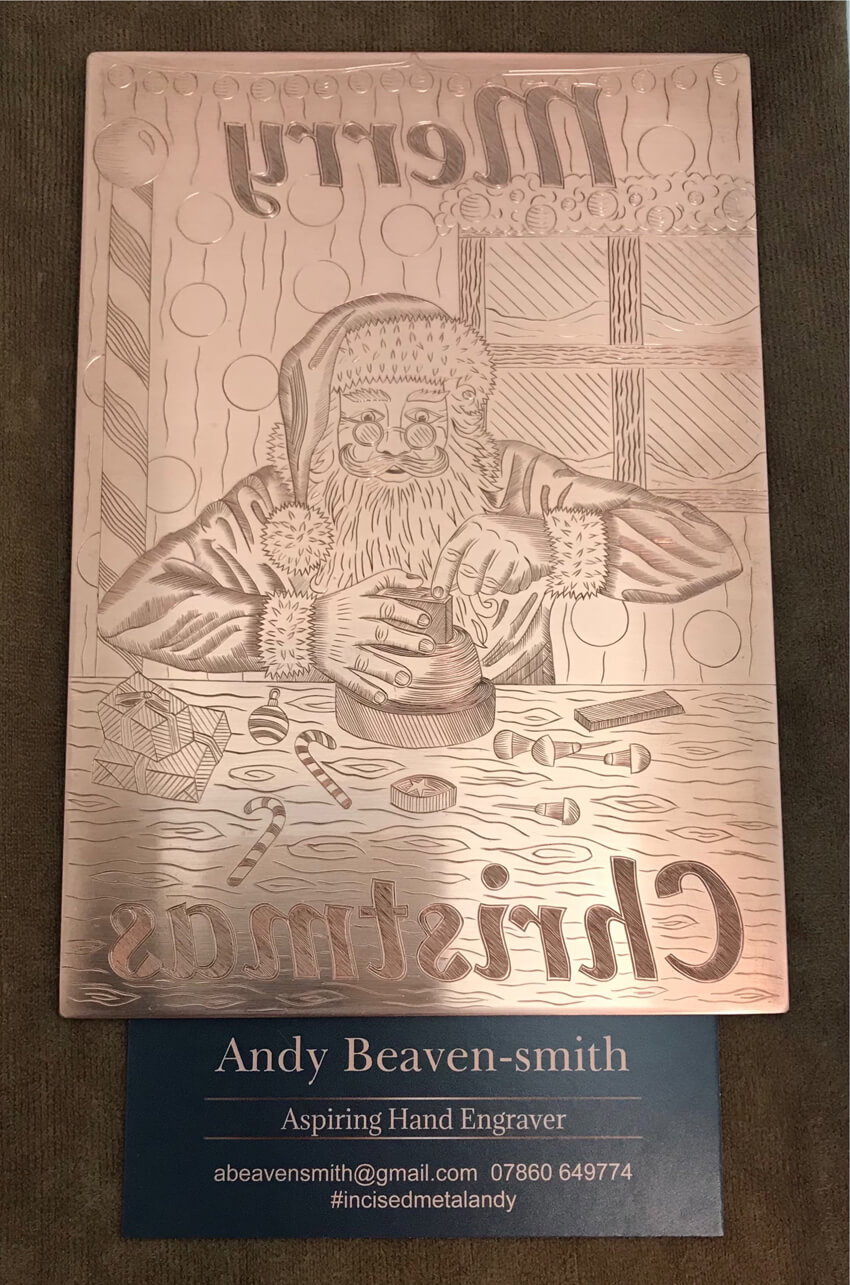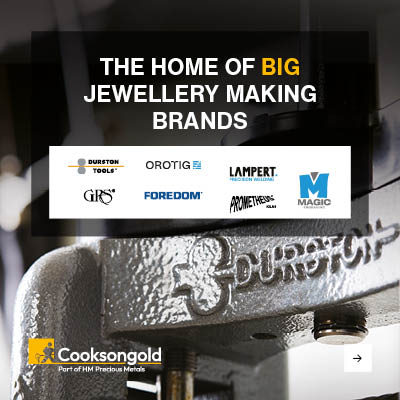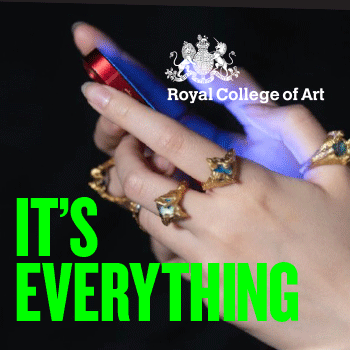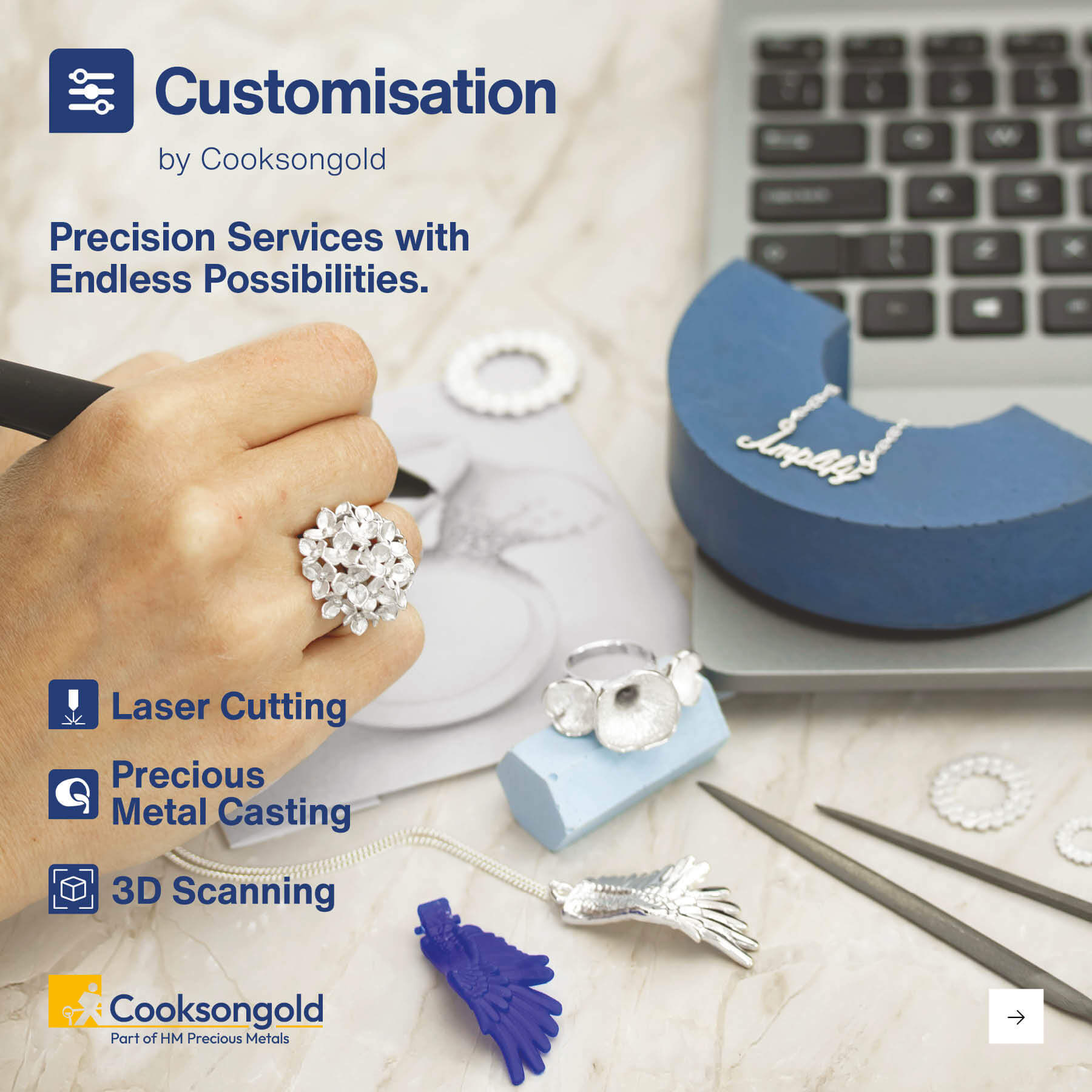Hand Engravers Association and Baddeley Brothers announce winners
Winner Of The Hand Engraved Card Competition 2021 Announced
Reading Time:
1 min {{readingTime}} mins
Working together for the first time, the Hand Engravers Association and Baddeley Brothers are proud to declare the winner of their inaugural greeting card competition.
A skill so rare that there was recently only a handful of craftsmen left, has been given a boost by workshops and competitions that have brought the ancient craft of copperplate engraving back into the limelight.
And now with support from a specialist printer, one such competition winner will see his engraving of Santa Claus go into production as Christmas Cards.
Andy Beavan-Smith’s work caught the eye of the Hand Engravers Association in their recent contest, and depicts Santa in his workshop, ironically carving a copper plate.

Finding skilled craftspeople is not easy, which is why Baddeley Brothers supports the Hand Engravers Association, a non-profit organisation dedicated to preserving and promoting the ancient craft skill of hand engraving.
Both organisations are keen to keep alive the skill of copperplate printing. Sally Dodson, Association Manager at the Hand Engravers Association explained that “Copperplate engraving is a niche skill; a specialism within a specialism! Three years ago, we only knew of one or two professional engravers actively copperplate engraving. With thanks to the enthusiasm of silversmith and engraver Angus McFadyen and the support of the Goldsmiths’ Centre, we were able to organise copperplate engraving workshops. This brought us to the attention of Baddeley Brothers and it was not long before we realised our shared passion for supporting heritage crafts and the competition idea began to take shape.”
Copperplate printing also known as engraved printing uses a polished copper plate on
which a design has been etched or engraved. The fine handwriting that is associated with 18th and 19th century copperplate engravings is often referred to as copperplate. Engraving is the “pre-press” part of the process, the engraved plate, or die, is then placed in the die-stamping press.
Dating from the 16th century, copperplate printing or engraving still creates an image of elegance and distinction and it allows designers to create a higher quality of printed materials than etching or laser cutting might achieve. The craftsmen at Baddeley Brothers have been practising the art of this type of printing since the early 19th Century.
To create a copperplate print, the image to be reproduced is first engraved onto a copper plate. Nowadays this is often achieved through computer typesetting, but for the highest standards of print, hand engraving is still employed to capture fine detail and nuances of a design. The plate is then inked and stamped against a sheet of paper at pressures of up to two tons per square inch, causing the image to be transferred to the paper stock.
The extreme force used in the copperplate printing process presses the paper deep into the engraved areas of the printing plate, creating an impression on the paper surface. It is this impression that imparts the finished image with its unique, three-dimensional character and tremendous tactile appeal. In addition, because copperplate printing inks are opaque, they produce crisp, well defined images in colours that are exceptionally clear and true. Their opacity also allows the engraving of light-coloured images on darker paper stocks.
Engravers that specialise in copperplate engraving are extremely scarce. Baddeley Brothers and the Hand Engravers Association introduced the greeting card competition to inspire more engravers to try copperplate engraving and the results have been . . . extremely encouraging! The winner was selected by the Directors of Baddeley Brothers and announced at the Association’s Festival of Engraving, on Sunday 12 September 2021. It was difficult to choose just one winner and Special Commendations went to Anna Olafsson and Sheila McDonald for their unique, beautiful and stylish interpretations of the design brief.
Runner-up engraver and printmaker Anna Olafsson explained that: “I was inspired by Bernini's wind rose design in St Peter's Square, medieval images of trumpeting heralds and Aubrey Beardsley's black and white designs. I used these inspirations to create an image of a musician/herald blowing the winds and stars from trumpets to mark the New Year.”
Runner-up jeweller, enameller and engraver Sheila McDonald explained: “I love drawing flowers and plants. Poinsettia is synonymous with the Festive season. With engraving, I love the idea that the prints can be hand coloured, as I did with prints taken from the plate I engraved with an Alstroemeria design.”
The winner, engraver Andy Beaven-Smith, described his design process: “When I was thinking of ideas for the greeting card competition, I wanted to choose a design that engravers and associated trades would appreciate along with non-engravers. Santa’s workshop was a design I thought would show the fine detail that is achievable by printing from an engraved copper plate. So why not have Santa engraving in his workshop? I drew a sketch on paper for layout and prospective purposes then transferred the design and hand cut it into the copper plate. I am quite happy with the end result and after attending the Association’s copper plate printing workshops in Manchester believe this will print nicely to show the fine details.”
Andy will visit the Baddeley Brothers workshop late October to see the card go into print production.
“Andy’s work really appealed to us, it was fun, topical and because he’s skilfully engraved the plate in reverse it was ready to go on press straight away” commented Baddeley Brothers director Charles Pertwee.
Author:
Published:











